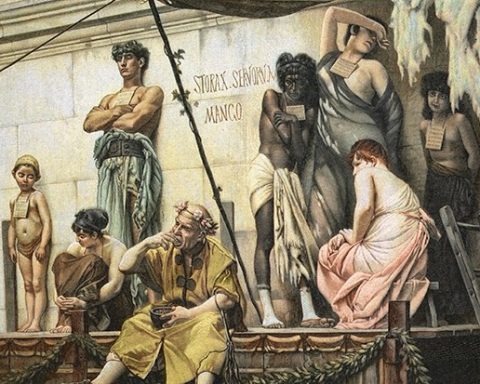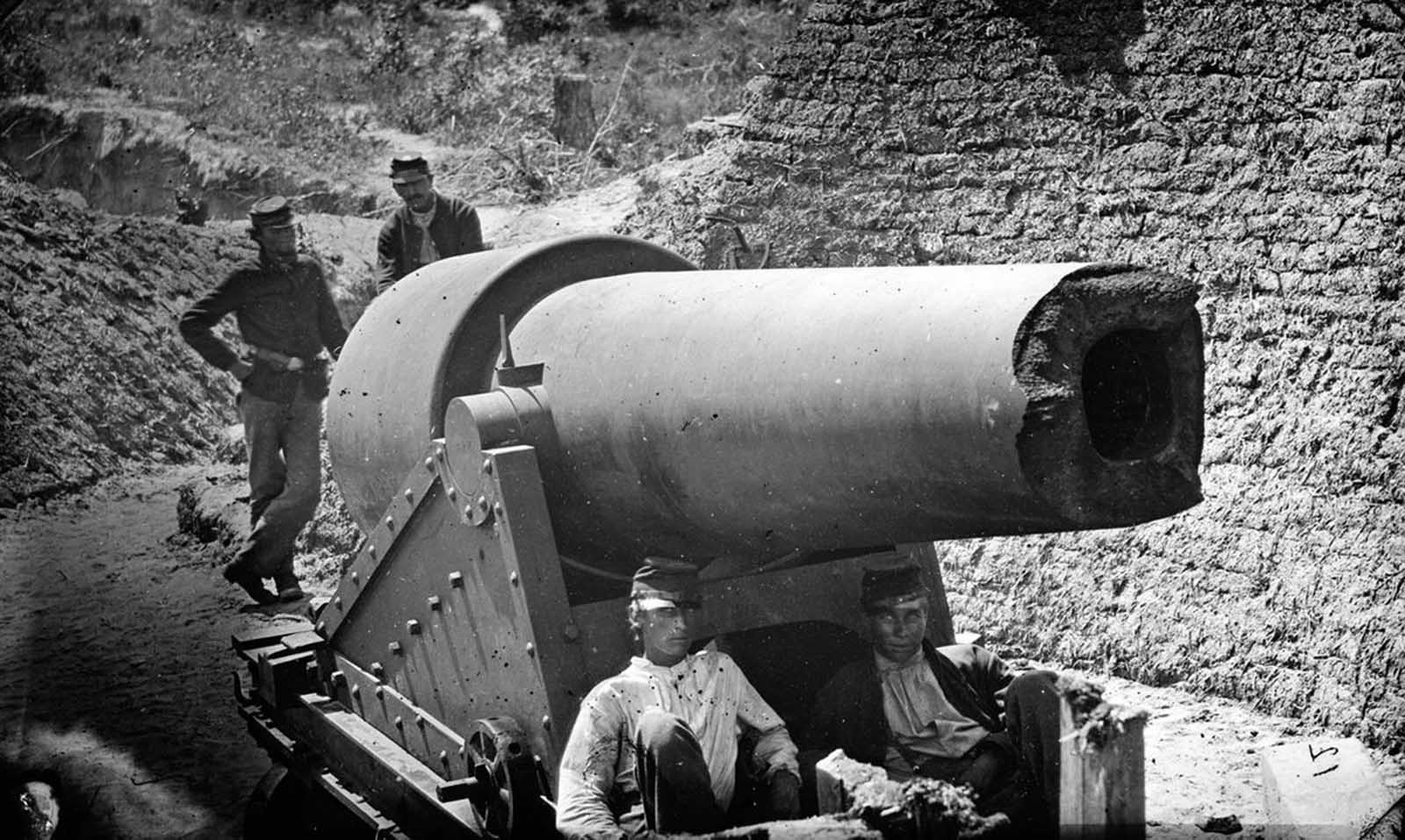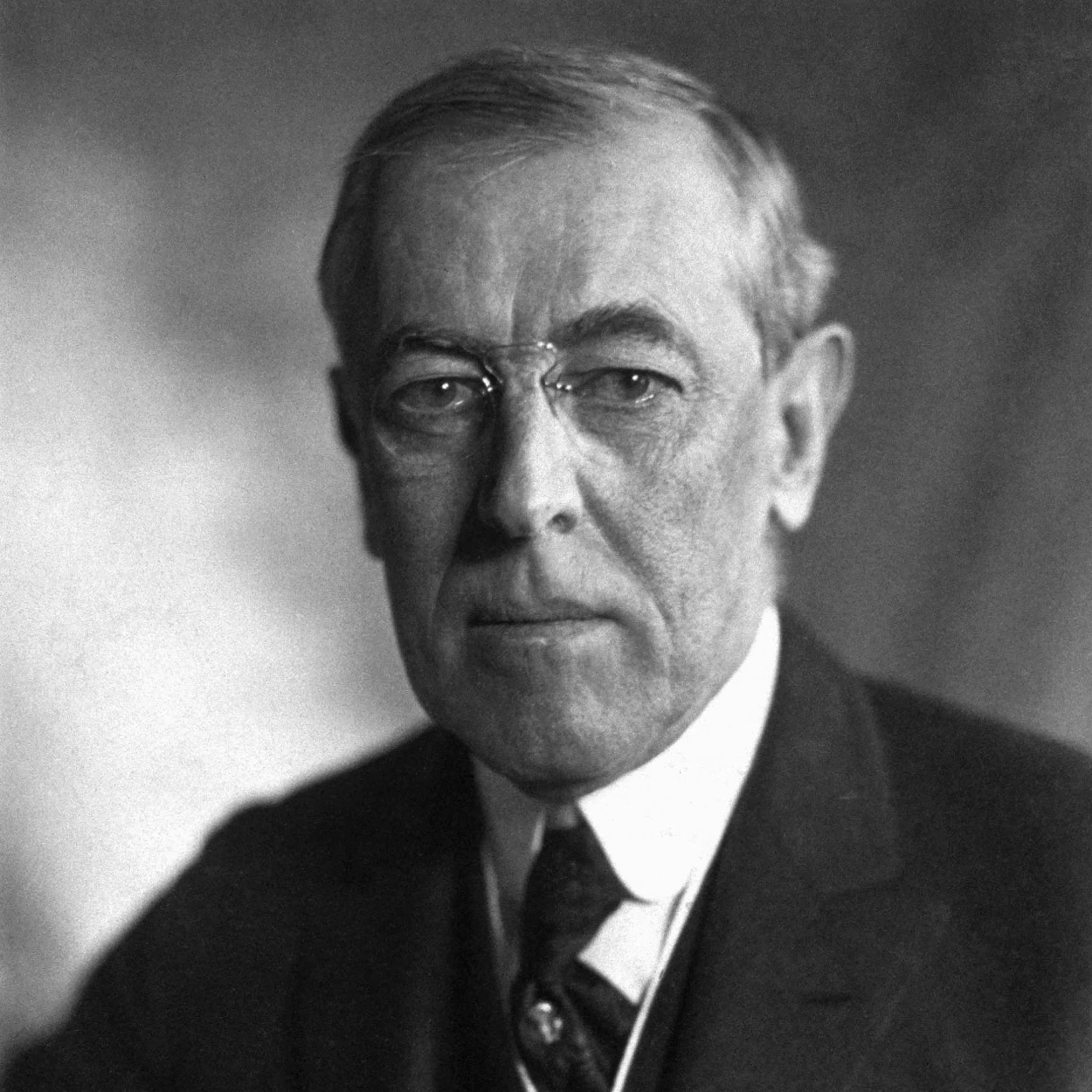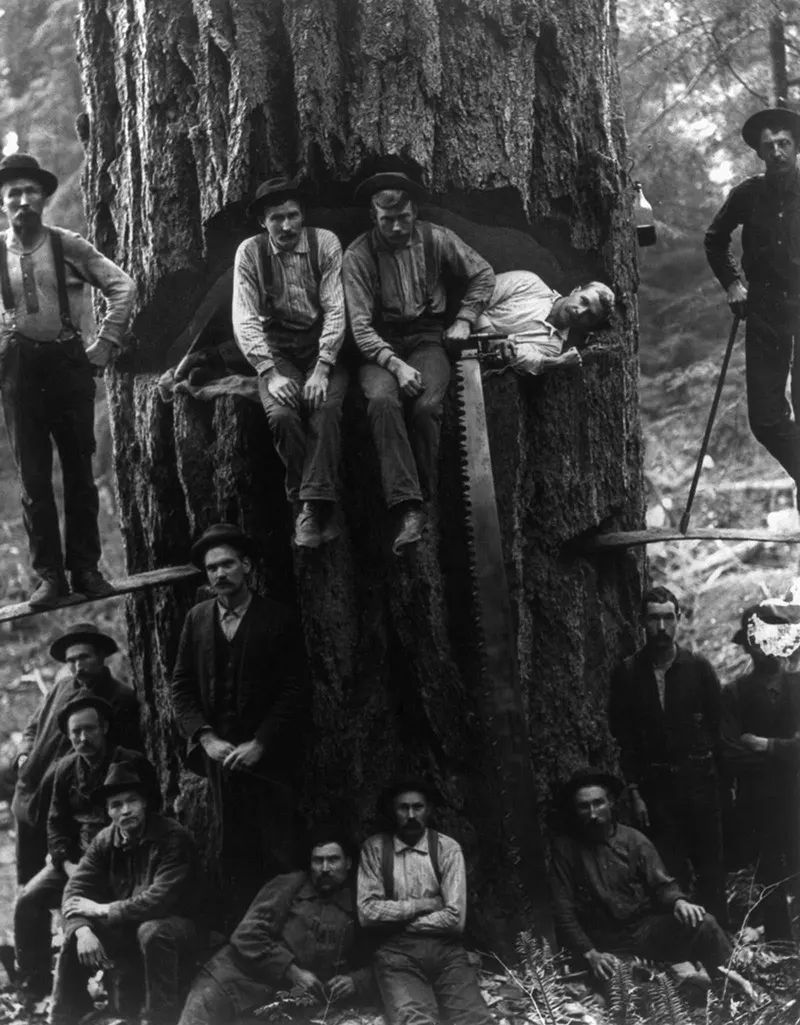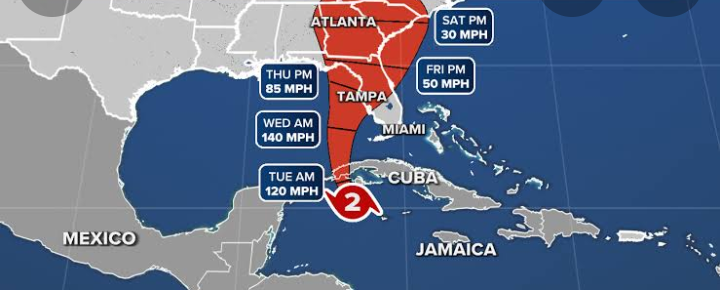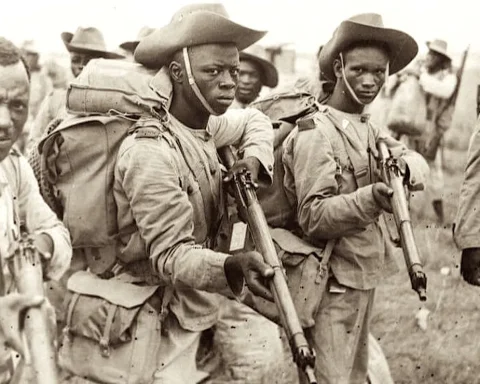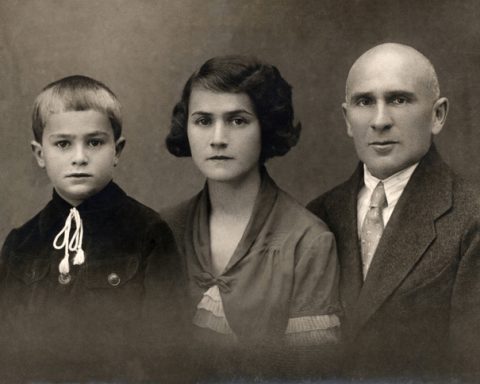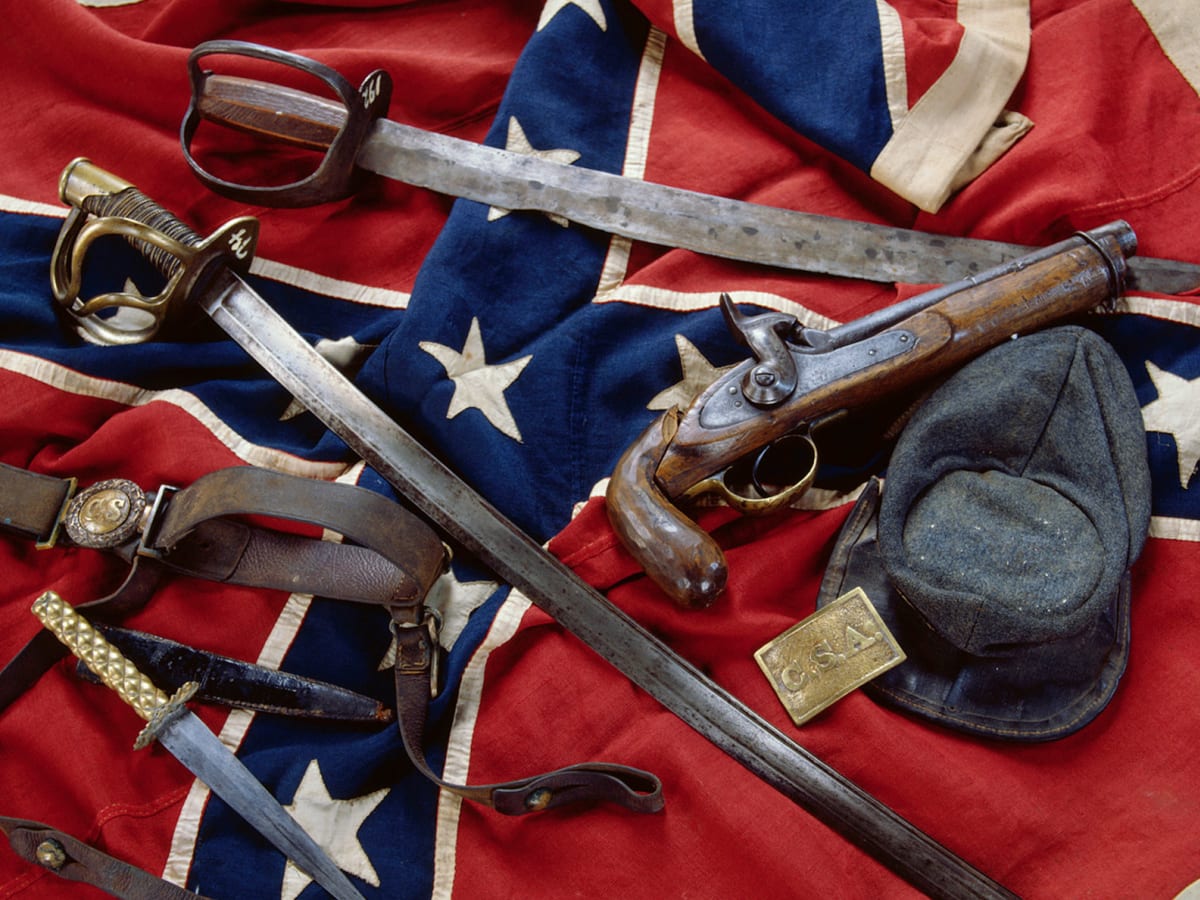
In 1861, after decades of tension over diverse ideologies on slavery, states rights, and secession of the south from the union, the civil war broke out in the United States. Here we highlight some of the causes of the civil war.
1. Slavery
One of the critical factors that led to the civil war was the issue of the future of slavery. The south had an economy that was interwoven with slavery. The south was mainly agricultural, and while a few people were slave owners, owning slaves increased one’s societal ranking, and a lot of people aspired to own slaves. The slave industry was booming as you could rent and hire slaves if need be. The north, on the other hand, had abolished slavery as they had a large pool of immigrants, and labour was cheap.
2. States’ Rights
States’ Rights refer to the political power struggle between the federal government and individual state governments. The struggle was on the right of the federal government to abolish or regulate slavery in individual states. As a result of the already divided factions in this argument, the divide in the United States only kept growing.
3. The Growth Of The Abolitionist Movements
In the early 1830s, many more people and institutions became increasingly anti-slavery. The constitution’s guarantee that a fugitive slave in one state would be considered a fugitive in other states didn’t hold water anymore.
The publishing of Harriet Beecher Stowe’s Uncle Tom’s Cabin and the fugitive slave act helped increase the support for abolishing slavery nationwide. Some abolitionists helped runaway slaves to escape through the popular “Underground Railroad.” Harriet Tubman was the most famous underground railroad activist; she was a nurse and spy during the civil war.
4. Southern Secession
This was when eleven states in the south ended their connection with the Union. The border slave states volunteered and supported the Confederacy despite remaining in the Union. In total, one-third of a nation withdrew to form a separate nation and government.
They argued that slavery should be expanded as it accounts for a considerable part of their economy; hence seceding was a way of preserving their economy by holding on to slavery as they also considered abolition movements as ways to incite violence.
In 1863, Lincoln gave a preliminary Emancipation Proclamation that freed all enslaved people in the rebellious states after January 1, 1863, following the Union victory at Antietam and on April 14th, John Wilkes Booth, a confederate sympathiser, assassinated President Lincoln at Ford’s Theatre in Washington. On April 26, Sherman received Johnston’s surrender at North Carolina; this officially marked the end of the civil war.

